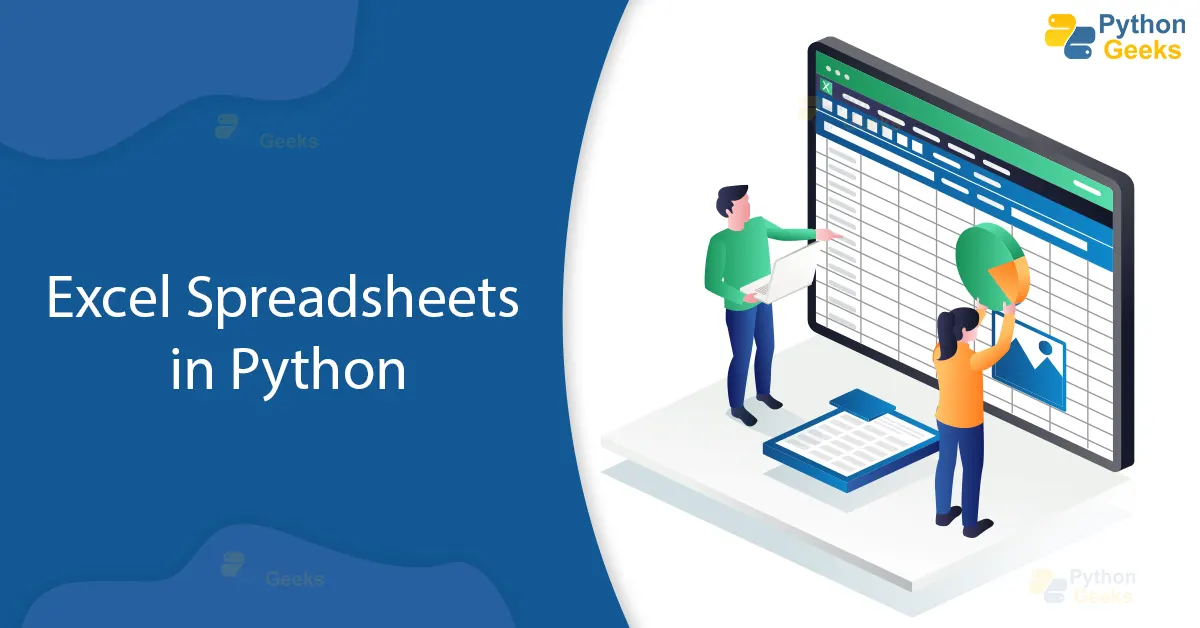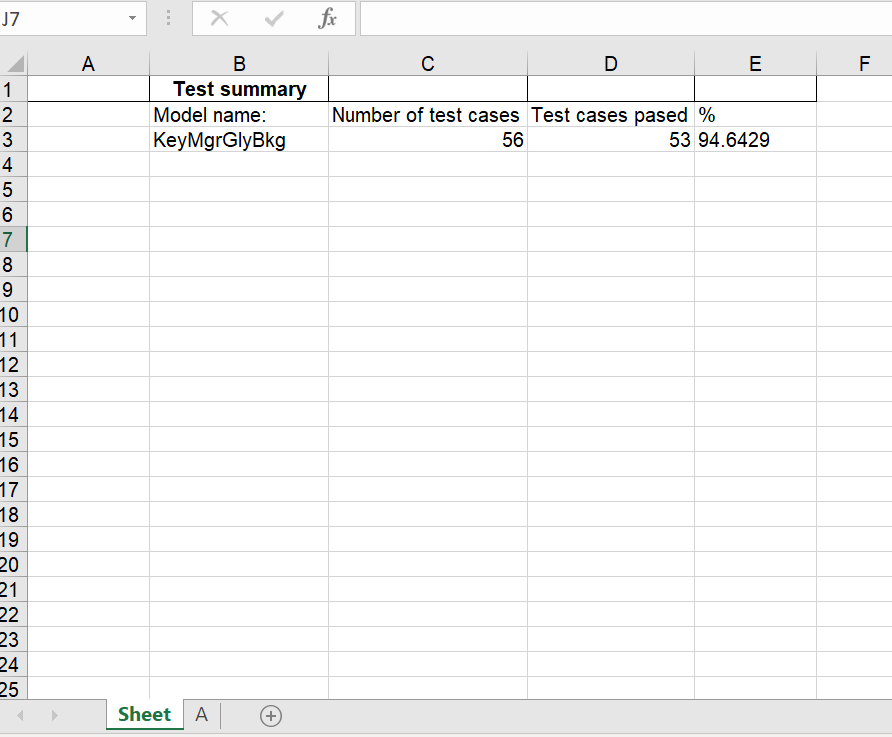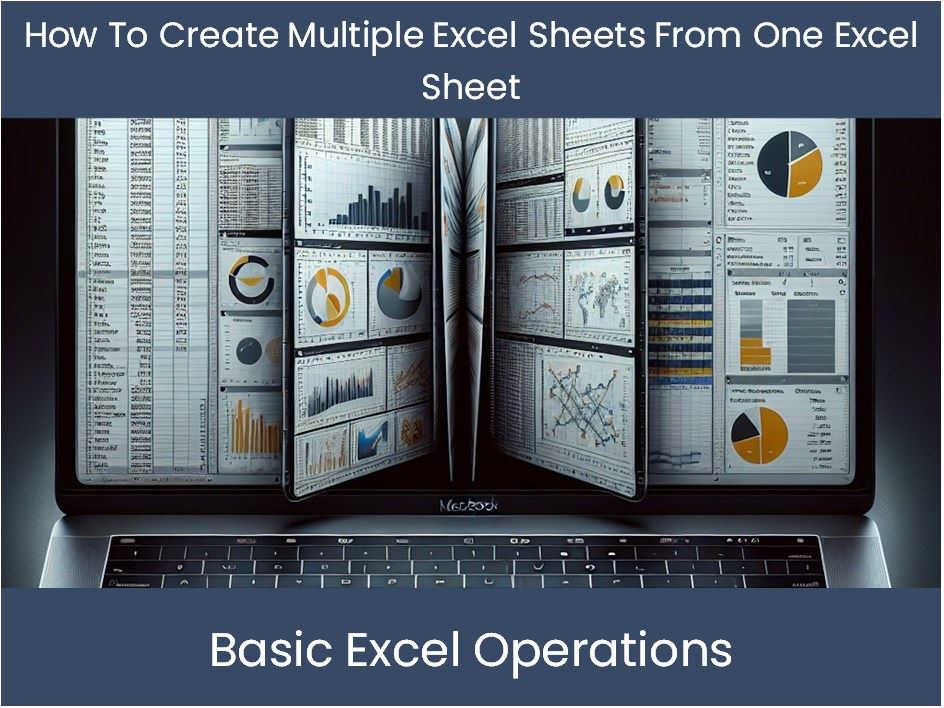Creating Multiple Excel Sheets with Python - Easy Guide

In this guide, we delve into the realm of Python programming to manage Microsoft Excel files effectively. Python, known for its simplicity and versatility, offers powerful libraries that can manipulate spreadsheets with ease, making tasks like data entry, analysis, and automation much simpler than doing them manually.
Why Use Python for Excel?

Python, with libraries like openpyxl and pandas, provides an excellent environment for working with Excel files:
- Flexibility: Automate repetitive tasks, handle large datasets with efficiency.
- Scalability: Python scales well, making it suitable for both small and enterprise-level tasks.
- Cross-Platform: Run your scripts on Windows, macOS, or Linux.
🐍 Note: Using Python for Excel manipulation is highly effective for data professionals who need to automate their workflows.
Setting Up the Environment

First, ensure you have Python installed. Then:
- Install Openpyxl: Use pip to install openpyxl:
pip install openpyxl - Install Pandas: If needed, install pandas as well:
pip install pandas
Creating Multiple Sheets

Here’s how you can create multiple sheets in an Excel workbook using Python:
from openpyxl import Workbook
# Create a new workbook
wb = Workbook()
# Access the default sheet
sheet1 = wb.active
sheet1.title = "Sheet1"
# Add more sheets
sheet2 = wb.create_sheet(title="Sheet2")
sheet3 = wb.create_sheet(title="Sheet3", index=0) # This will make Sheet3 the first sheet
# Write something to each sheet
sheet1['A1'] = "Welcome to Sheet1"
sheet2['B1'] = "Hello, Sheet2"
sheet3['C1'] = "Greetings from Sheet3"
# Save the workbook
wb.save("MyExcelFile.xlsx")
Let's break down this script:
- Create a workbook with
Workbook(). - The default active sheet is named.
- Add sheets using
create_sheet(). Theindexparameter decides the sheet's position. - Write to the sheets using simple cell references.
- Finally, save the workbook to a file.
📁 Note: The sheets will be ordered in the workbook based on the order of their creation or the index provided when creating them.
Adding Data to Multiple Sheets

You can automate the data input process for multiple sheets:
from openpyxl import Workbook
wb = Workbook()
sheet1 = wb.active
sheet1.title = "Monthly Sales"
months = ['January', 'February', 'March', 'April', 'May', 'June', 'July', 'August', 'September', 'October', 'November', 'December']
for i, month in enumerate(months, start=1):
sheet1.cell(row=i+1, column=1, value=month)
sheet1.cell(row=i+1, column=2, value=0)
for i in range(2, 13):
# Creating a new sheet for each month
wb.create_sheet(title=months[i-1], index=i+1)
# Writing data to the new sheet
wb.active['A1'] = f"Sales for {months[i-1]}"
wb.save("MonthlySalesReport.xlsx")
This script creates a workbook, populates the first sheet with month names, and creates additional sheets for each month, ready for data entry:
- Iterate through a list of months to populate the first sheet.
- Create and organize new sheets, each with data specific to that month.
Using Pandas for Data Manipulation

While openpyxl is great for creating and managing spreadsheets, pandas is the go-to library for data manipulation:
import pandas as pd
from openpyxl import load_workbook
# Create a sample DataFrame
data = {'A': [1, 2, 3], 'B': [4, 5, 6]}
df = pd.DataFrame(data)
# Load or create a workbook
with pd.ExcelWriter('DataReport.xlsx', engine='openpyxl') as writer:
df.to_excel(writer, sheet_name='Sheet1')
# Add another DataFrame to the workbook
data2 = {'C': [7, 8, 9], 'D': [10, 11, 12]}
df2 = pd.DataFrame(data2)
df2.to_excel(writer, sheet_name='Sheet2', startrow=1, startcol=1)
This approach leverages:
- Pandas for creating DataFrames.
- ExcelWriter with openpyxl to write DataFrames to multiple sheets.
- Custom placement of data using startrow and startcol.
Summing Up

The ease and power of Python in dealing with Excel files should not be underestimated. Whether you're creating, manipulating, or analyzing data, Python provides a suite of tools that streamline these processes. From basic spreadsheet creation to complex data analysis, Python's libraries like openpyxl and pandas make Excel management a breeze for anyone with a basic understanding of Python programming.
Can I use Python with older versions of Excel?

+
Yes, Python can work with Excel files from older versions using libraries like openpyxl, which support various Excel file formats, including .xls and .xlsx.
Is there a way to format cells when writing data with Python?

+
Yes, with openpyxl, you can access and modify various cell properties like font, alignment, border, and more for data formatting.
How do I handle large datasets?

+
Pandas excels in handling large datasets. You can read from or write to Excel files in chunks, optimizing memory usage and speed.
In summary, Python’s capabilities for Excel manipulation make it an invaluable tool for data professionals, allowing for automation, analysis, and efficient management of data workflows.